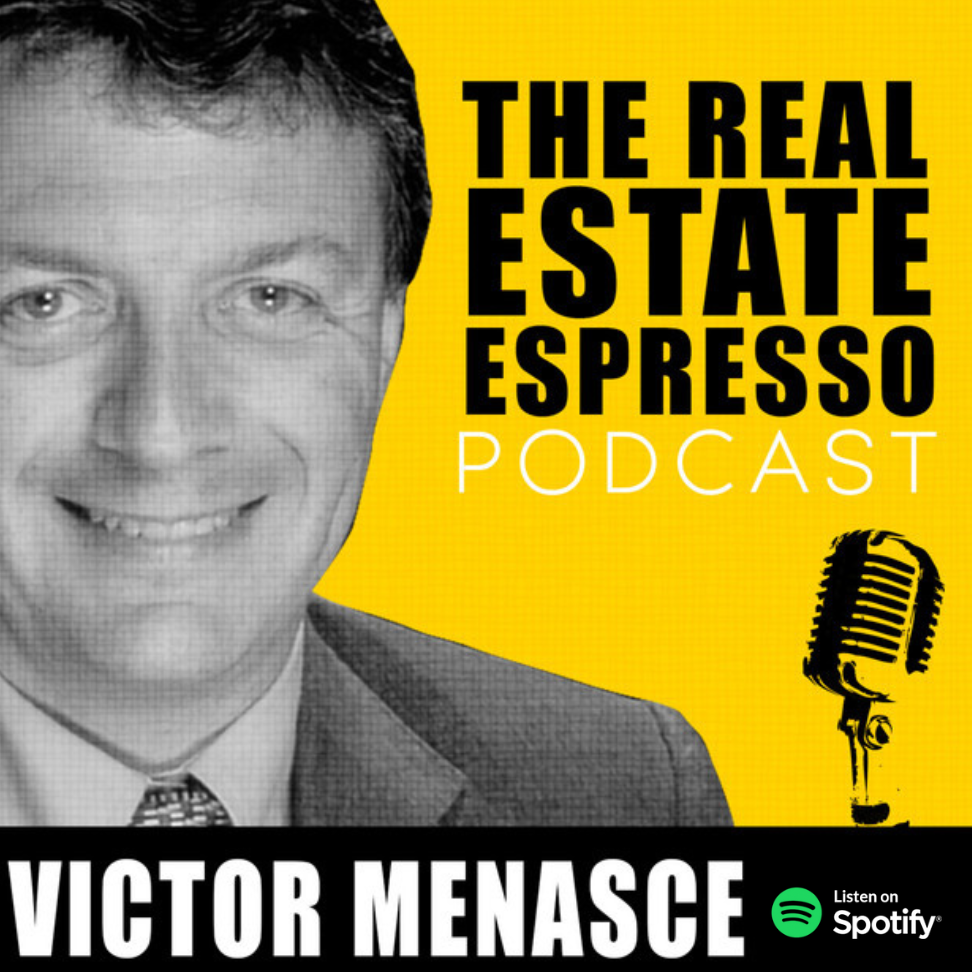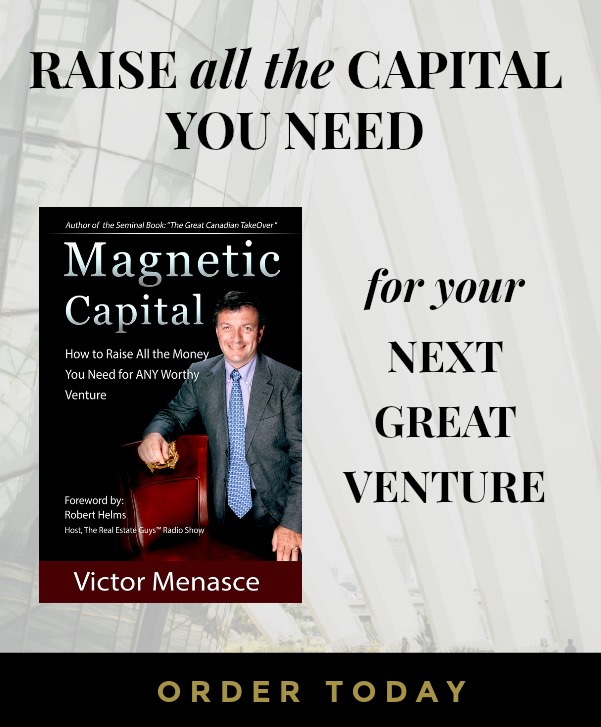What Does The US Sovereign Wealth Fund Mean For Real Estate Investors?
Welcome to the Real Estate Espresso podcast, your morning shot of what’s new in the world of real estate investing. I’m your host, Victor Menasce. On today’s show, we’re taking a look at what might be one of the most significant counter punches in the effort to dominate the global economy.
There are many ways in which countries make foreign investments. The U.S, having the privilege of maintaining the World Reserve currency status, has seen much of the world’s debt denominated in U.S. dollars. But this rarely involves the U.S. directly. Many of these transactions don’t involve the U.S. at all despite being denominated in U.S. dollars. Rarely has the U.S. been an actual investor in foreign companies, let alone in foreign countries.
This contrasts sharply with other countries like Saudi Arabia, China, Norway, the United Arab Emirates, Kuwait and dozens of others that have sovereign wealth funds. While the U.S. does deliver a substantial amount of foreign aid in the form of grants, the U.S. is rarely an investor in foreign projects. On the other hand, China has carved out a substantial foreign influence by funding foreign infrastructure projects, the so-called Belt and Road initiative.
Today, the U.S. announced a new sovereign wealth fund that is designed to compete with the likes of China when it comes to foreign investment. In the announcement, President Trump hinted that TikTok could be one of its first investments. Now, the U.S. has historically been very U.S.-centric when it comes to investing, leaving the field wide open for other countries to expand their reach and influence.
China’s Belt Road initiative has made huge inroads in countries around the world, leading to heavy indebtedness to China. When these countries could not meet their debt payments, China effectively infiltrated them. For example, right now, full-time members of the Chinese Communist Party are also full-time members of the government bureaucracy in Kenya.
This is a form of imperialism that favors economic dominance instead of hostile military action. The U.S., on the other hand, has traditionally used its military to influence world politics. When the U.S. was a global major manufacturer, it supplied the world with advanced technology and cars and aviation. But today, the U.S. has lost its edge in manufacturing and is no longer necessarily the supplier of choice. Access to capital can often influence the choice of suppliers.
As an example, I witnessed Sweden’s Eliệm Eriksson winning contracts for telecom equipment all over the world, ahead of my own products when I was at Nortel. Ericsson is part of a corporate group that includes a bank. It is no surprise they managed to clinch sale deals. Offering favorable financing terms, and in some cases, providing financing options made them a lucrative choice.
We don’t know the mandate of the U.S. sovereign wealth fund yet as it has just been announced. But we can predict that the fund will have a significant impact and will inevitably affect the flow of capital. One of the chances that the U.S. sovereign wealth investments will be stand-alone investments? Will there also be opportunities for private and sovereign wealth investments in related projects?
One of the golden rules in real estate investing is to be in the path of progress. If the U.S. sovereign wealth fund decides to invest in a seaport, perhaps it would make sense to open a hotel or a logistics hub nearby? Whenever there’s economic activity, involving the movement of physical goods, there’s likely to be spinoff economic activity.
Take, for instance, the inland port initiative within the U.S., a solution to coastal port congestion in Southern California. There is economic activity resulting from this major government initiative. Senator Mitt Romney, former CEO of the private equity firm Bain Capital and a savvy investor, owns considerable land adjacent to the inland port. He is developing this land into a major industrial park and logistics center, a private investment that capitalizes on the economic activity generated by a government initiative.
Recently, the United Kingdom announced plans to pursue a similar development fund. Besides that, several countries and 23 states within the U.S. maintain their own funds, totaling about $332 billion in assets. For instance, in Canada, the province of Alberta’s sovereign wealth fund invests the proceeds of its lucrative oil revenues.
The allocation of $900 billion dollars over time represents a colossal opportunity for investors paying attention, and riding on the coattails of that investment. As you think about this, have an awesome rest of your day. Go make some great things happen. We’ll talk to you again tomorrow.
Stay connected and discover more about my work in real estate by visiting and following me on various platforms:
Real Estate Espresso Podcast:
- 🎧 Spotify: The Real Estate Espresso Podcast
- 🌐 Website: www.victorjm.com
- 💼 LinkedIn: Victor Menasce
- 📺 YouTube: The Real Estate Espresso Podcast
- 📘 Facebook: www.facebook.com/realestateespresso
- 📧 Email: [email protected]
Y Street Capital:
- 🌐 Website: www.ystreetcapital.com
- 📘 Facebook: www.facebook.com/YStreetCapital
- 📸 Instagram: @ystreetcapital



